Samsaracakra: The Wheel of Rebirth in the Indian Tradition
In Tibetan art, paintings of the Wheel of Rebirths (Samsaracakra) have remained popular to the present day. Divided into five (more often six) sections, the wheel shows the different possible realms of rebirth: in the world of the gods, (of the asuras), the humans, the animals, the hungry ghosts, and the beings residing in various hells. The prototypes of these depictions were devised in India where, however, only one such painting survived, namely on the veranda of Cave XVII in Ajanta. Corresponding with the Samsaracakra paintings, a number of texts preserved in Sanskrit, Tibetan and Chinese, provide instructions on how to paint this type of wheel. The mural in Ajanta corresponds most closely to a fragmentary Sanskrit manuscript found in Kucha. This manuscript describes not only the wheel of rebirth, but also the wheel’s surroundings: Mara, god of sensuality and death – two of the main factors leading to rebirth – should be depicted there in his fourfold form, as well as representatives of various sciences, such as different branches of medicine. The wheel itself is defined as a ghatiyantra, pot-machine, which scoops water, and is known today as noria or the “Persian wheel.” The present book contains the edition, translation, and commentary of the fragmentary manuscript from Kucha, and a meticulous analysis of the corresponding Ajanta mural.
Get it now and save 10%
BECOME A MEMBER

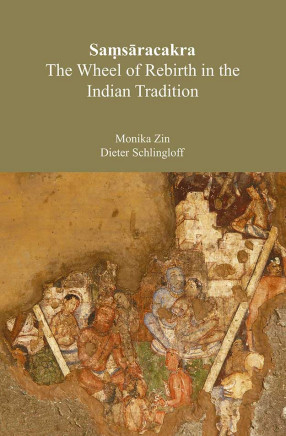

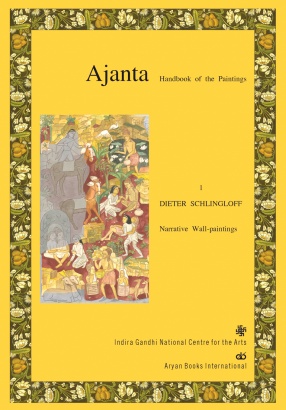
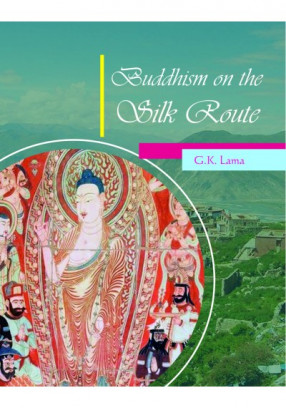
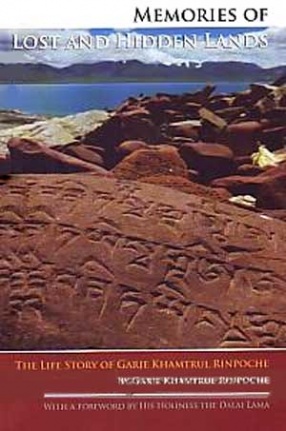
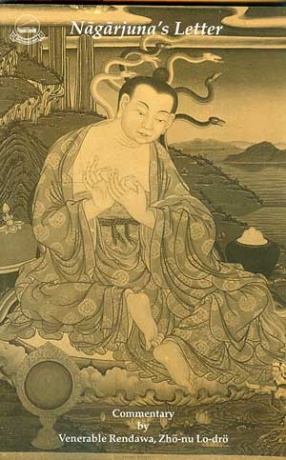
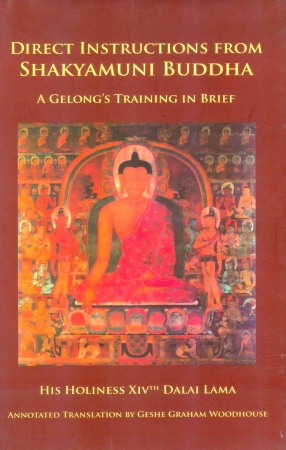

Bibliographic information
Dieter Schlingloff